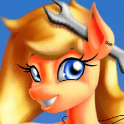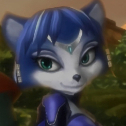visual art A solar system I am making
-
Similar Content
-
- 9 replies
- 2,313 views
-
- 18 replies
- 236 views
-
- 25 replies
- 2,259 views
-
- 0 comments
- 223 views
-
- 50 replies
- 3,114 views
-
-
Recently Browsing 0 members
- No registered users viewing this page.






Recommended Posts
Create an account or sign in to comment
You need to be a member in order to leave a comment
Create an account
Sign up for a new account in our community. It's easy!
Join the herd!Sign in
Already have an account? Sign in here.
Sign In Now